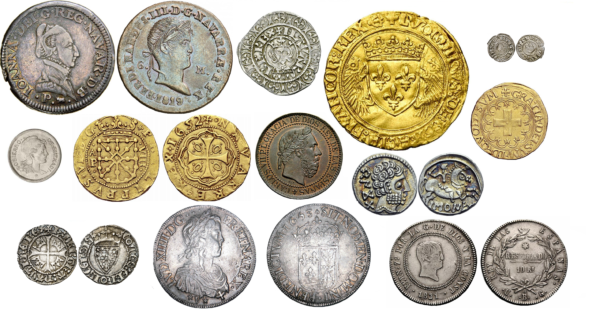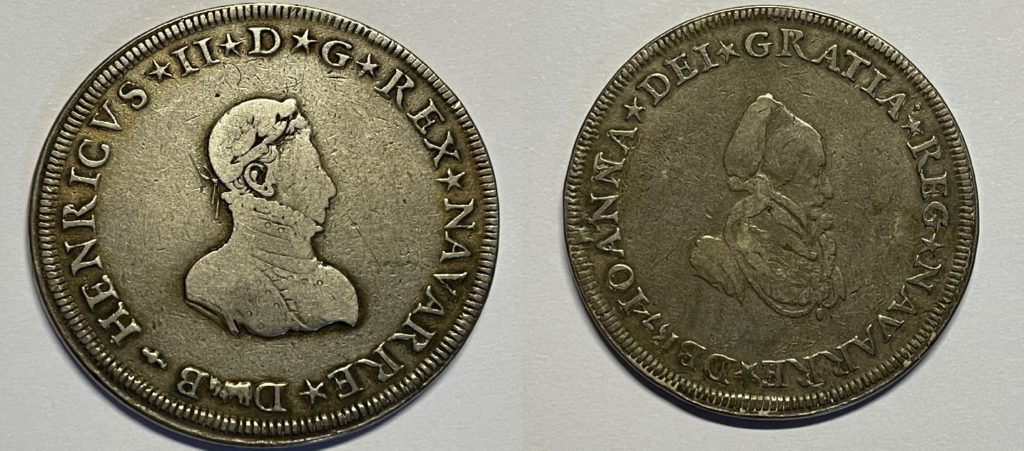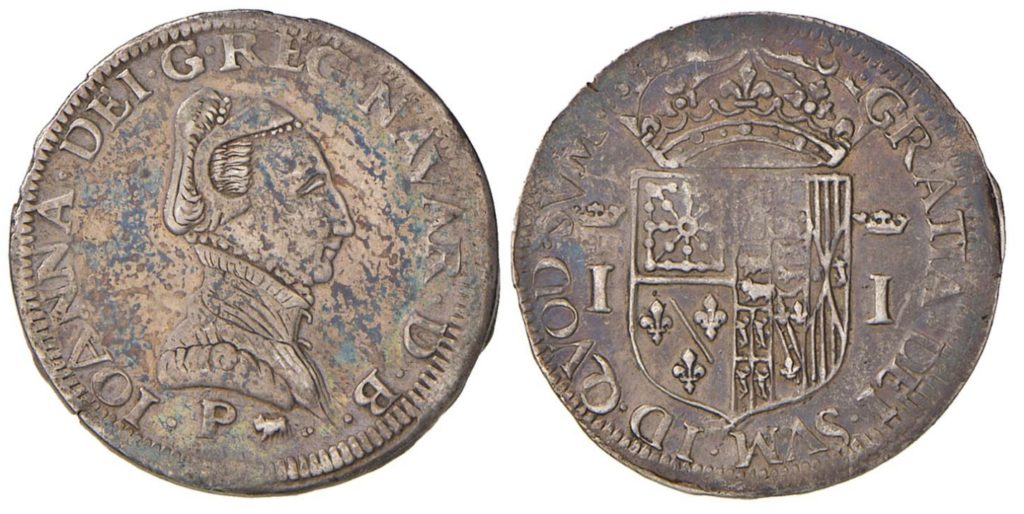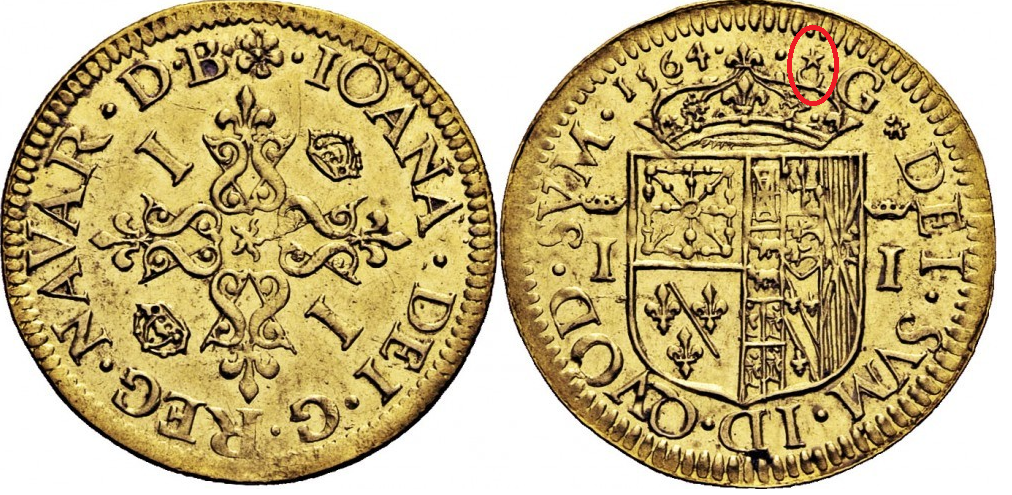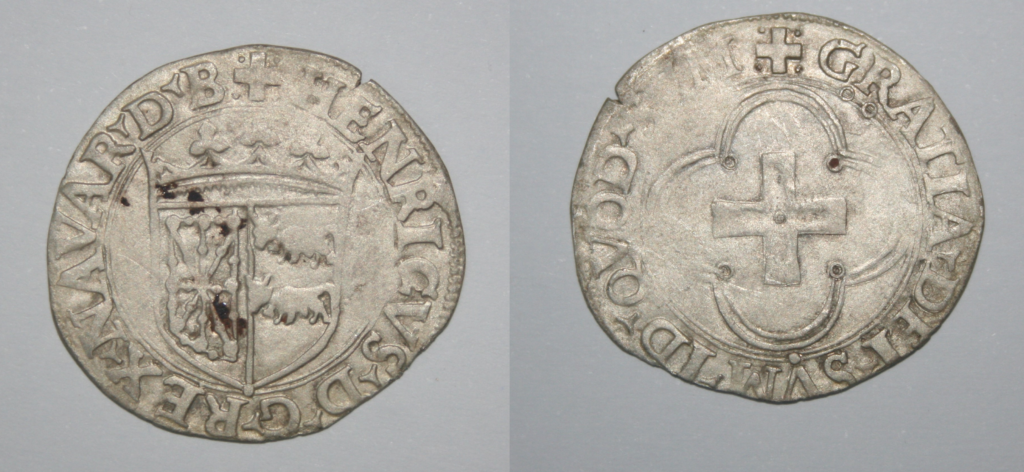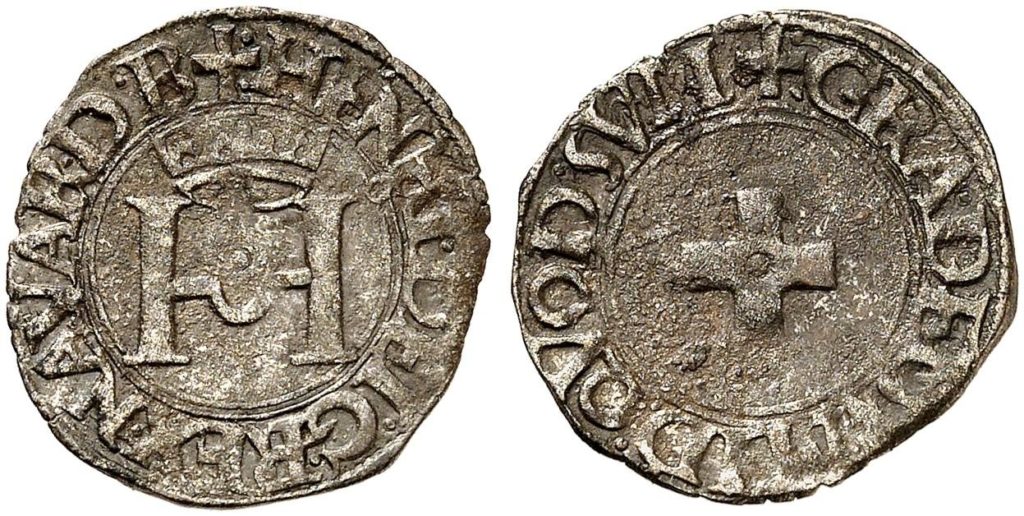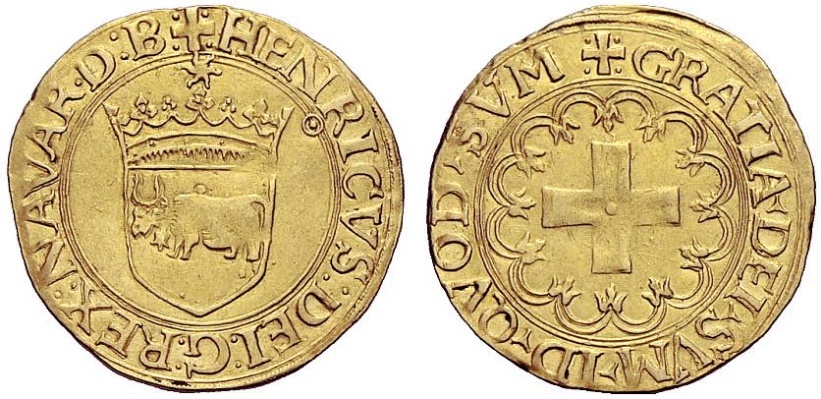The Navarrese Collection of the Munich Coin Museum
Aspaldidanik, duela zortzi urte pasatxo dira dagoeneko, Munitx inguruetan bizi den euskalduna naiz. Orain dela urtebeterarte hiriburu bavariarretik urrutixeago bizi nintzen, baina orain Munitx kanpokaldera aldatu naiz eta pandemia ere bukatu dela profitatuz, hiri erdialdera bueltatxoak ematera adoretzen gara. 2022. urteko azaroaren hirugarren igandean, Marienplatz-eko geltokian trena utzi eta Odeonplatz inguruetara abiatu ginen oinez familia […]
The Navarrese Collection of the Munich Coin Museum Read More »
